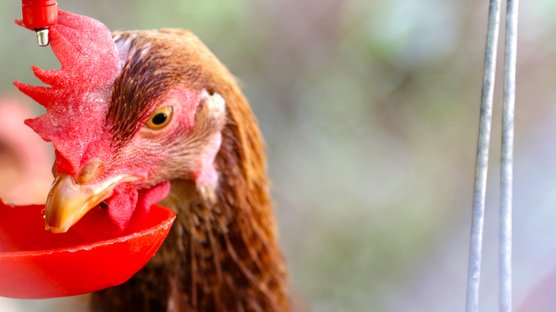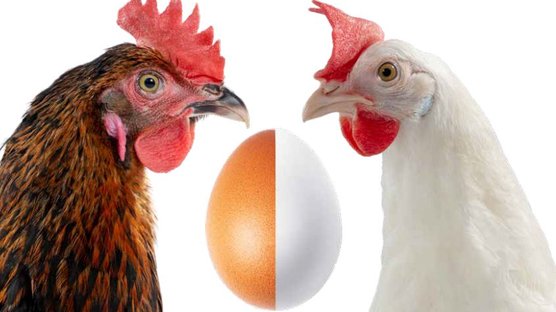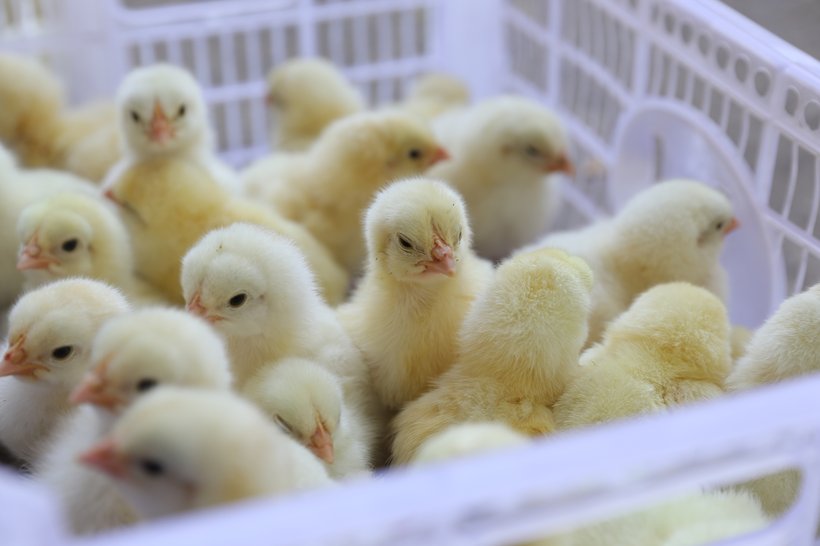
Published on May 1, 2023
Infra-Red Beak trimming Technology
Laying hens can seriously get injured through aggressive pecking, also called cannibalistic pecking. For decades beak trimming is performed early in the life of laying hens (and other poultry species) to decrease injuries caused by cannibalism, bullying, and feather and vent pecking. By nature, chickens tend to peck at their environment, but also at each other to investigate and establish the pecking order.
Situations may occur that this severe aggressive pecking behavior becomes problematic, resulting in severe injuries, and even death. Genetic Selection against this aggressive behavior has resulted in laying hens that interfere less with each other in a negative way. But we are still not there yet, only small steps can be achieved via genetic selection as we should not forget that chickens have originally been domesticated for the purpose of cockfighting and that in wild red junglefowl populations aggressive pecking behavior (used to establish the pecking order) is frequently being observed (it’s in their nature).
To prevent as much damage as possible, beak trimming (or beak treatment) has been introduced many years ago. Beak trimming is the partial removal of the tip of the beak, and results in a beak that is blunt or rounded at the end. Sometimes, beak trimming is referred to as debeaking, but this sounds misleading as at no time the entire beak is removed. Since the invention of beak trimming, it has been done by hot blade. But as time passed by, innovations in beak trimming technology and best practices have been developed. The most promising innovation appears to be Infrared beak treatment (IRBT).
With this IRBT technology, the tip of the day-old chicks’ beak is exposed to infrared energy. As of this exposure, the beak tissue sloughs in the weeks after (often completed around 3 weeks ofage). Prior to sloughing, the IRBT technology allows for epidermal regrowth. One of the advantages is that this beak treatment can be conducted inside the hatchery, and it can be combined with subcutaneous vaccination of the day-old chicks. Because of the gradual loss of the tissue, the chick can adapt to the changing size and shape of the beak.
The settings of the IRBT technology can be modified to allow for specific settings for breed, age of the breeder flock and hydration. Recent research, executed by Professor Dr. Karen Schwean-Lardner form the University of Saskatchewan (Canada), could not show evidence that the IRBT treatment is perceived as painful by the chicks as it did not alter pecking force, nor feed intake. It did impact the time spent at the feeders in the first weeks of life as this time was reduced for the groups that underwent beak-trimming. But, as total feed intake was not altered, the bird’s bodyweight did not differ significantly at 4 weeks of age. Largest difference between groups that received IRBT, and the Control group was the effect on mortality. The Control group, i.e. the groups that did not receive any beak treatment had by far higher mortality as a result from cannibalism within the flocks. The research concluded that IRBT, when properly conducted, resulted in a reduction in stress amongst the flocks, reduction in aggressive damage towards each other, and mortality. Their overall conclusion was that by treating the beaks of day-old chicks with IRBT, the well-being of the chickens later in life is improved.
As with many farm animal husbandry practices, concerns are raised with its effect on animal welfare, this is especially the case with beak treatment, as you alter the physics of the bird itself. There are various best management practices available, of which reducing the light intensity and/or making use of red light, and installing enrichments are most common, but none are as effective as infrared beak treatment in reducing damage and mortality related to aggressive and cannibalistic pecking whilst limiting the discomfort of the treatment to the chick.
We have listed several of the benefits of infrared beak treatment below:
- It is an effective beak treatment, with no evidence of neuroma formation when performed accurately
- No open wounds and no bleeding, reducing the risk of infection
- Performed inside the hatchery, optimal in terms of biosecurity and control,
- No stress of catching and disturbance at the rearing farm
- Quick and smooth process (1.5 seconds) with minimal temporary discomfort
- The current devices can also be used for vaccination
- Since the treated beak tip can take about two-three weeks to slough off, the changes in beak length and shape occur gradually, giving the bird time to adjust and alter feeding and drinking behaviors
- As it is automated, the quality of trimming is uniform over the flock
- Only the beak encounters the Infra-Red light, rest of the chick is protected via a plate.
- Can be adjusted for each breed
- It allows for very subtle trimming of the tip of the beak
- Provides proper beak shape that help promotes feed intake leading to flock uniformity
- Reduces injurious pecking
- Improved feather cover compared to non-beak treated flocks
- Reduces mortality when compared to birds with intact beaks.
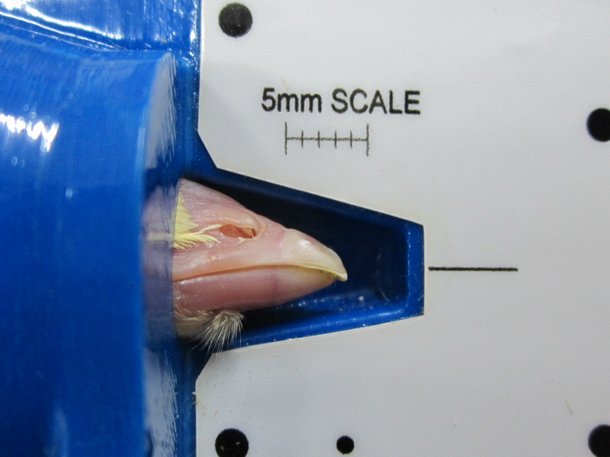
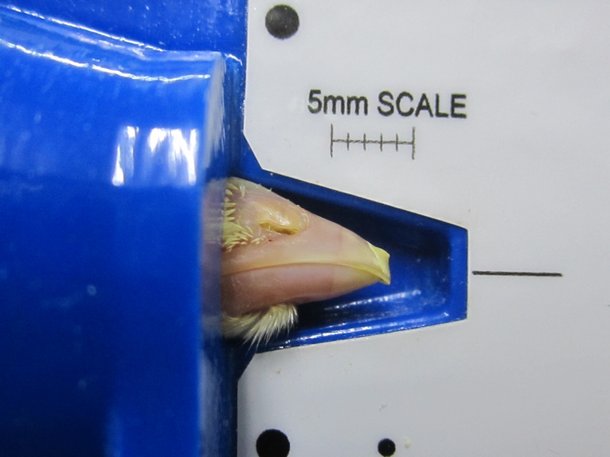

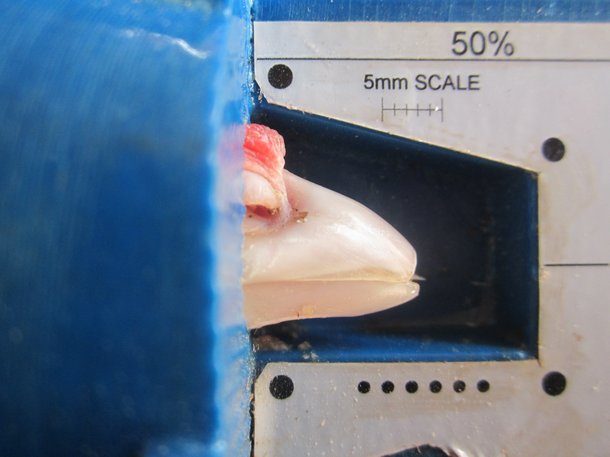
Pictures were taken on Hendrix Genetics birds and are made by a company specialized in manufacturing Infra Red Beak Trimming Technology

